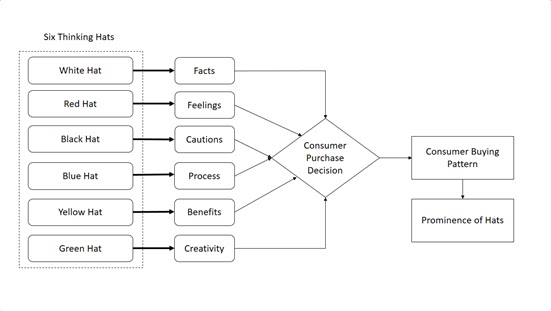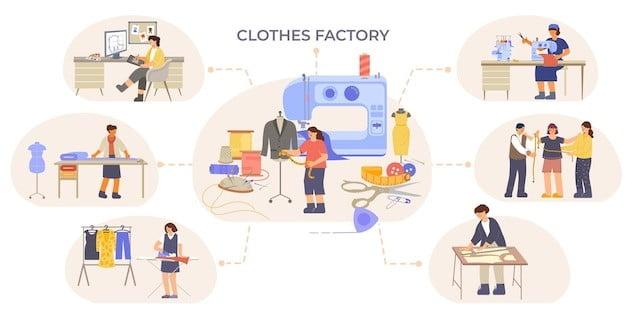The Global Economy
In the late 1980s, the U.S. experienced an increased in foreign competition, and China’s economic strategy became more aggressive as the country opened its borders to begin trading globally.
This era was characterized by:
- Intense competition among industries,
- Growing companies were capturing more international market share using different strategies,
- Rapid increases in technology and products with shorter product life cycles like personal computers, mobile devices, and global positioning systems.
From 2000 to the Present
From the year 2000 to the present day, companies have needed to develop strong relationships with suppliers to remain competitive. Cooperation with suppliers became critical, replacing the sometimes adversarial nature of those relationships. This recent cooperative supply chain approach of integrating suppliers as teammates has brought about strategies such as improved supplier development, supplier design involvement, the use of full-service suppliers, evaluating suppliers on total value, long-term supplier relationships, and strategic cost management. As the supply chain is integrated with the overall business strategy, the impact of e-commerce will continue to reshape business strategies and the supply chains needed to conduct business globally. In response to the challenges presented by worldwide competition and trade, business strategies and processes will continue to evolve to meet the needs of rapidly changing technology and, of course, to continue meeting customers’ expectations.
Supply Chain Management Principles
SCM is estimated to influence as much as 80% of the costs associated with the total costs of delivering the final product or service. For this reason, optimizing inventory expenses, choosing efficient transportation carriers, working closely with suppliers, and making sure forecasts are synchronized with the demand plan are examples of functions that have become critical within organizations in recent years. From global sourcing to global customers and from brick-and-mortar stores to e-commerce, the coordination and integration of the processes to plan, procure, produce, and deliver products to customers are essential.
To meet the needs of customers and achieve the goals of the organization, it is imperative all the functions of the supply chain are integrated and employees understand their impact on others within this broader function. Companies have invested in comprehensive Enterprise Resource Planning (ERP) systems, and today SCM is an integral part of the broader business; it is woven into the fabric of a business, not a standalone element operating in a vacuum.
 |
Visual representation of Enterprise Resource Planning. Developed by LINCS in Supply Chain Management Consortium. |
SCM should be viewed as the integration of the major functions, beginning with Demand Planning. Students should focus on the fact that the functions have interdependencies that enable them to work within the broader supply chain.
Ref: Warehousing Operations Certification Track. LINCS in Supply Chain Management Consortium. May 2016. Version:
v2.22. www.LINCSeducation.org.
v2.22. www.LINCSeducation.org.
Fahad Mahmud
Jute
Jute
Texpedi.com
Check out these related articles:







